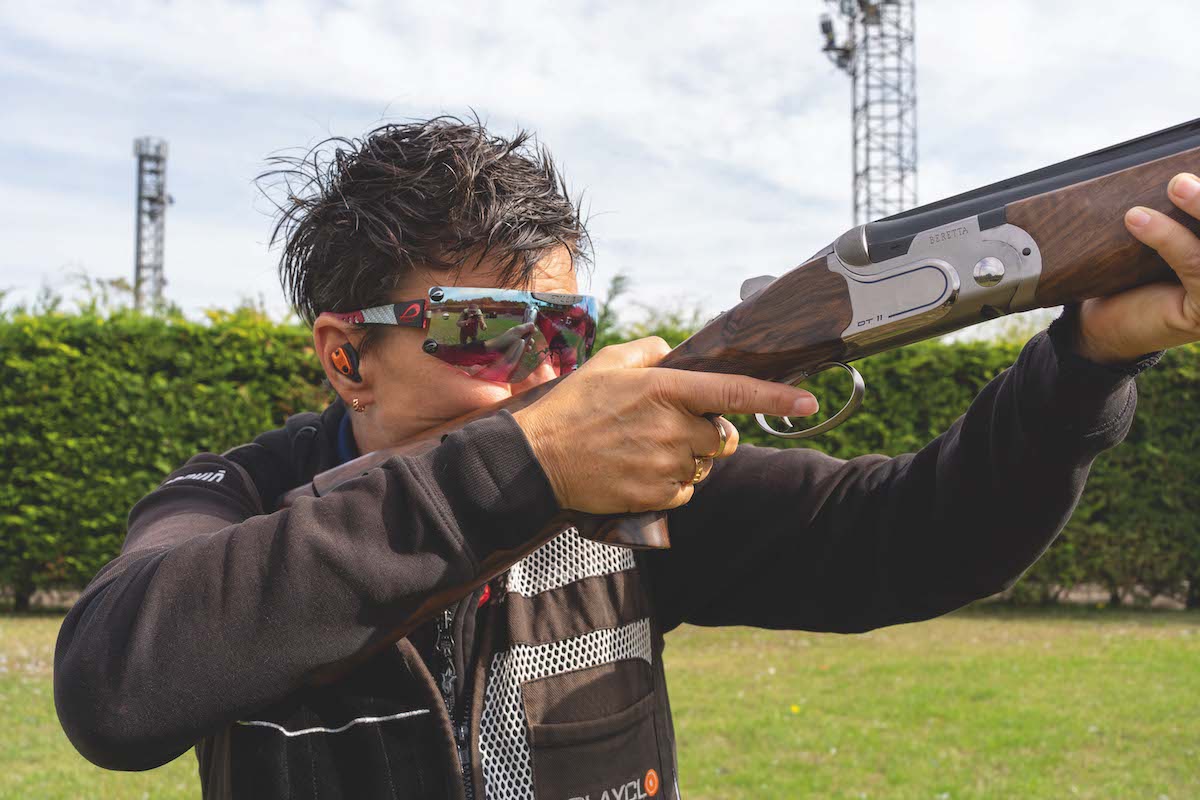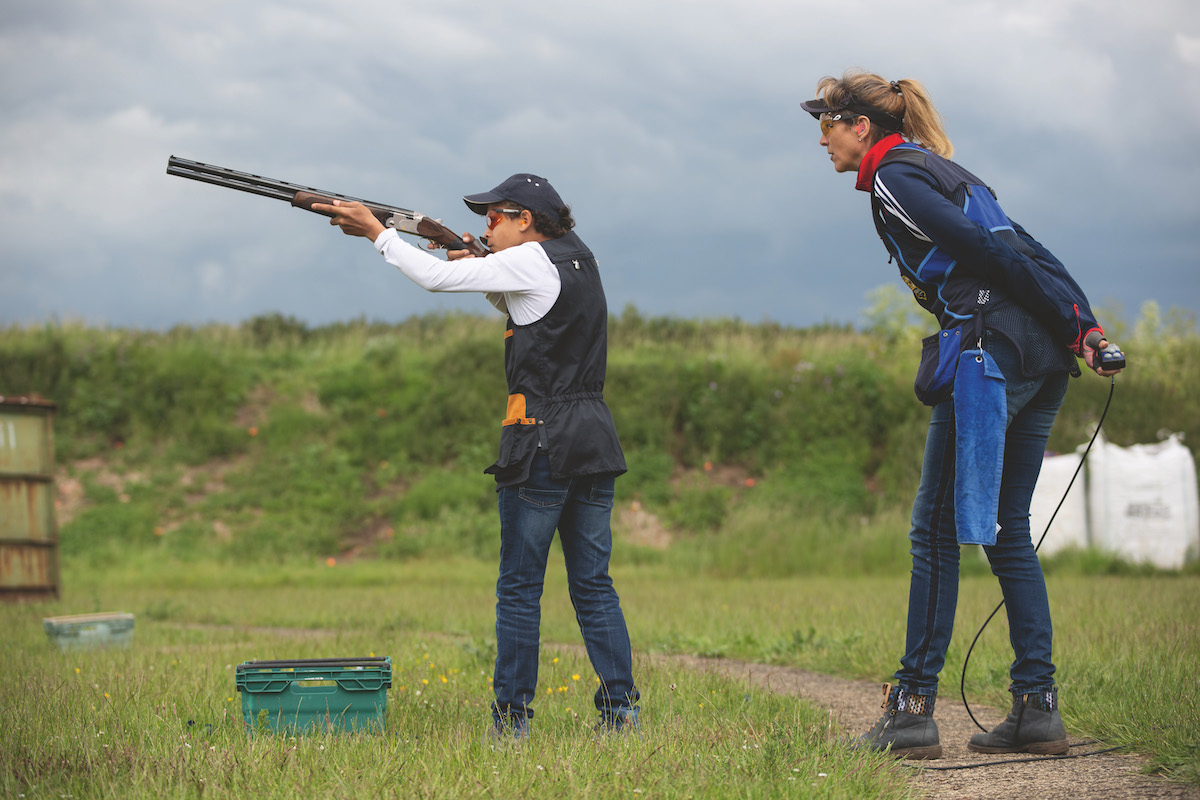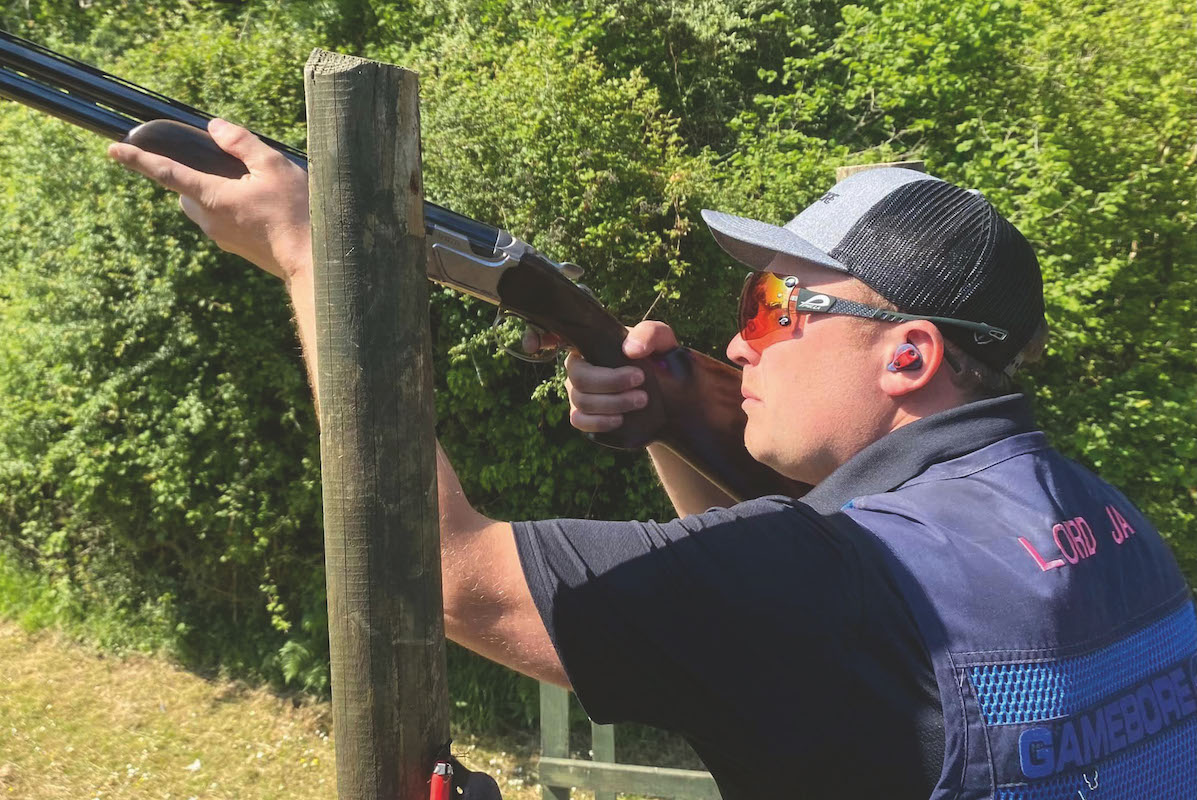How to hit a single driven clay
Graham Brown of the Purbeck Shooting School teaches a novice to hit a single driven clay

What I am looking for in a beginner is preferably a calm personality, but in keeping with all shooters, they need to have a good understanding of timing, which is vital. They also need to be able to process information without any panic or haste. It is my job as an instructor to put this across to the student in a clear fashion so they understand it, which is one of the reasons I start with simple, single targets.




Safety
One element of safety is simply how to close a gun safely. The finger wants to be on the side, out of the way of the trigger, before the gun is closed. The old style of closing a gun was to point the barrels down with one hand on the fore-end and with the other hand under the toe of the stock to bring it up to the action. Although accidental discharges are very rare, if the firing pin is broken and sticking out, there is a chance the gun could fire when it is closed. You have little control over it in the unlikely event of this happening. So what I suggest is to lock the stock of the gun against the inside of your fore arm with the hand around the grip, and with the muzzles pointing at an angle downwards, place the other hand on the fore-end and push it away from you to close the gun. If the gun were to go off, it is pointing in a safe direction and you have both hands on it fore more control”.
Posture
For the single driven clay the weight wants to be on the back foot.
When a driven target reaches a certain point, after mounting the gun, the shooter needs to swing using their back for movement. This should be be a fluid movement and tallies with the line of the clay’s trajectory. One aspect of shooting I impress on a new shooter is to have maximum visibility, combined with the minimum amount of movement required to hit the target.

The shooter starts with the gun down, with the stock just under the armpit, and the muzzles should be forwards just below eye level. This will allow the shooter not only time to see where the clay is coming from – it is always best to see a clay at the earliest opportunity – but it will require a fairly minimal amount of gun mounting.

The shooter only has to mount the gun and smoothly swing through the line of the clay and shoot. It is a balanced movement between the front and rear hands. If the muzzles are too low or too high in relation to the target then ‘see-sawing’ can occur. If both hands don’t work together, problems may result. In a right-handed person, the left hand should lead and the right follow.









